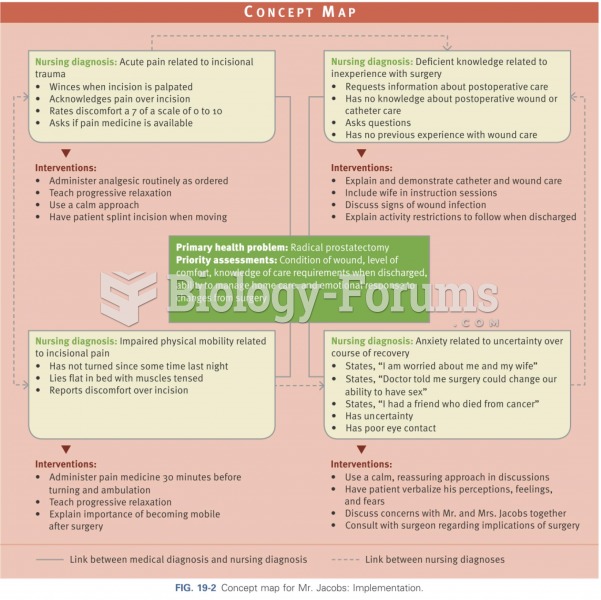Answer to Question 1
B
Feedback
A Incorrect. Using Vygotsky's concept of the zone of proximal development concerning an adolescent boy in the 7th grade having difficulty in algebra, the educational team (including the nurse) would not most likely suggest: stop all television and free-time activities until the grades improve.
B Correct. Using Vygotsky's concept of the zone of proximal development concerning an adolescent boy in the 7th grade having difficulty in algebra, the educational team (including the nurse) would most likely suggest: hire an adult tutor or a peer who understands algebra and the upper limit of the student's understanding of algebra and can push the adolescent to think at the higher level.
C Incorrect. Using Vygotsky's concept of the zone of proximal development concerning an adolescent boy in the 7th grade having difficulty in algebra, the educational team (including the nurse) would not most likely suggest: provide sufficient rewards for doing the fork so the student has enough incentive to push himself to learn the material.
D Incorrect. Using Vygotsky's concept of the zone of proximal development concerning an adolescent boy in the 7th grade having difficulty in algebra, the educational team (including the nurse) would not most likely suggest: ground the adolescent from association with peers, and surround him with adults who have math skills.
Answer to Question 2
D
Feedback
A Incorrect. The lacrimal gland begins to function at 1 to 3 months of age, not 8 to 9.
B Incorrect. The lacrimal gland begins to function at 1 to 3 months of age, not 6 to 7.
C Incorrect. The lacrimal gland begins to function at 1 to 3 months of age, not 4 to 5.
D Correct. An infant will not have tears until the lacrimal gland begins to function at 1 to 3 months of age.







